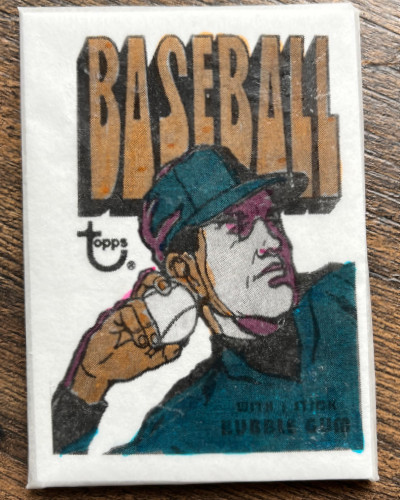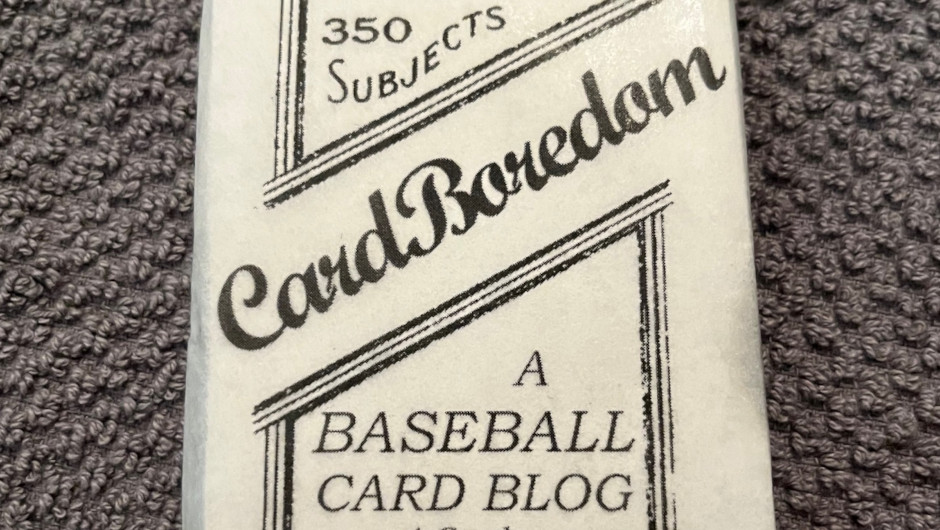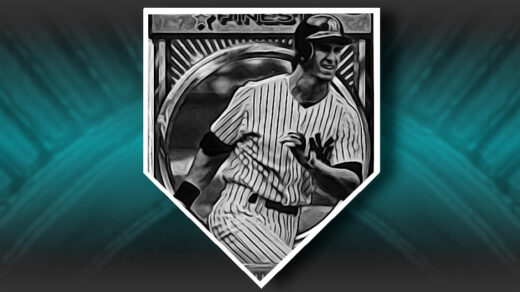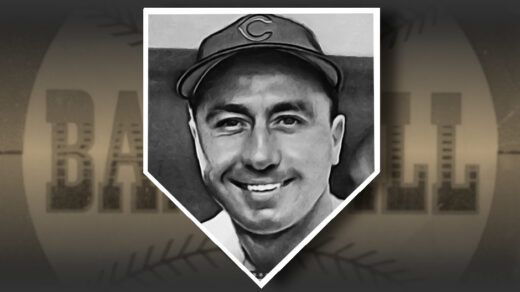Following through with an idea gleamed from Lemony Snicket’s Count Olaf seems like a bad idea. He tries to harm small kids and is greedy, melodramatic, moody, and prone to lengthy monologues of self praise. However, the children’s story villain does have a sports card connection worth exploring.
While Count Olaf seems to have no baseball background, the actor portraying him in the Netflix series A Series of Unfortunate Events has himself been an avid collector. Neil Patrick Harris was just coming off his run as the primary character in the sitcom Doogie Howser, MD when a short blurb about a birthday present appeared in a hobby publication. He had received what appeared to be a pack of 1990 or 1991 Topps baseball cards, only to open it and find the real gift inside, a 1970 Topps card of recent Hall of Fame inductee Reggie Jackson that had been slipped into the resealed pack.
The way that this present was presented has always stuck with me. As fun as ripping open a bubble mailer can be, nothing beats breaking the seal of a wax pack and shuffling through newly arrived cards. What if every card coming in the mail arrived this way?
Recently I put the finishing touches on assembling a stack of cards that needed to be sent out to fellow collectors who are very good at sharing their card stories with others. What better way to package these than to turn them into wax packs?
Wax Pack Manufacturing in Photos
The first step in the process was deciding what the pack should look like and marking it up in image editing software. I ended up with a variety of designs, ranging from recreations of popular Topps packages to a more generic concept that could be utilized for a wider range of purposes. A little trial and error was needed in order to get the dimensions just right. Thankfully, an obliging box of ’90s Donruss junk wax was nearby to provide fodder for early attempts at wrapping the cards.
With a satisfactory design in hand, it was time to apply ink to paper. Regular printer paper is too rigid for recreating the feel of wax packs, so I opted for tracing paper. A large tablet of 24-lb. tracing paper provided the correct feel. The thin nature of tracing paper did not lend itself well to easy movement through a printer so I used a glue stick to attach it to a standard sheet of paper. Once dry, the oversized tracing paper was cut down to match the 8.5×11″ sheet that was now backing it.
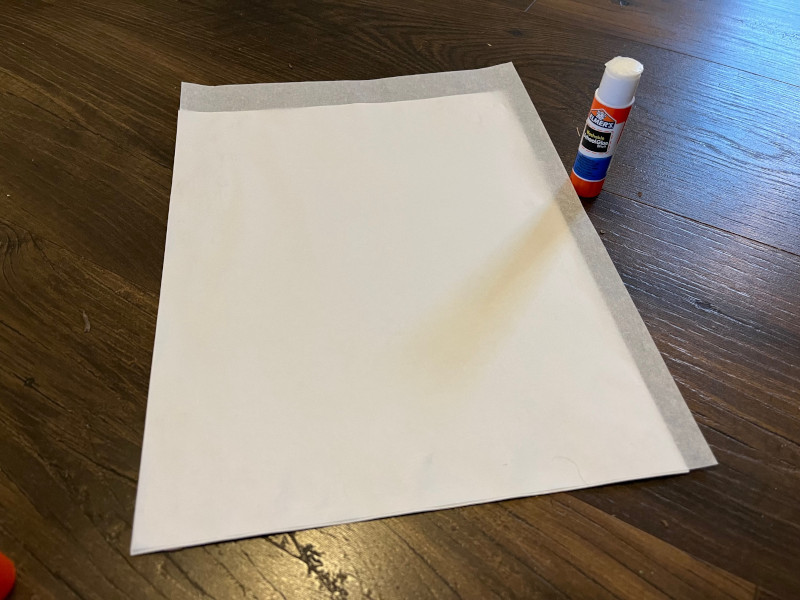
The image printed without problem onto the tracing paper. The wrapper image was cut to size and quickly separated from the heavier paper that had supported it through the print rollers. Affixing glue only to the edges of the paper allowed this process to be very straightforward with no damage. I only have a black and white printer, so any packs needing additional ink added were colored before the next stage.
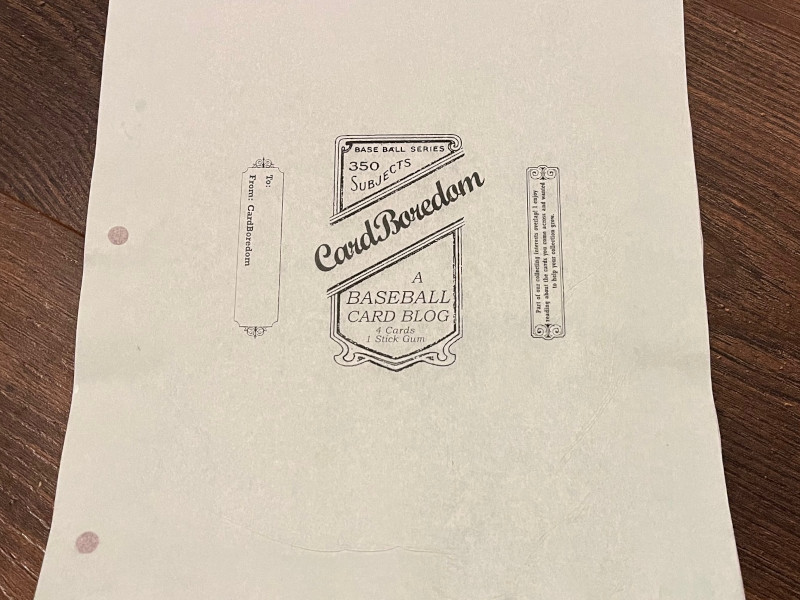
While this produced what looked like a flattened wax wrapper, it did not yet feel like one. To recreate the tactile experience of an old pack of cards the paper needed to have a clear layer of wax applied. A small tealight candle yielded enough wax to comfortably coat three wrappers. No special preparation was required as the wax yielded easily with a little pressure. The side that will form the exterior of the pack was totally covered in wax while only the edges of the interior portion were coated.
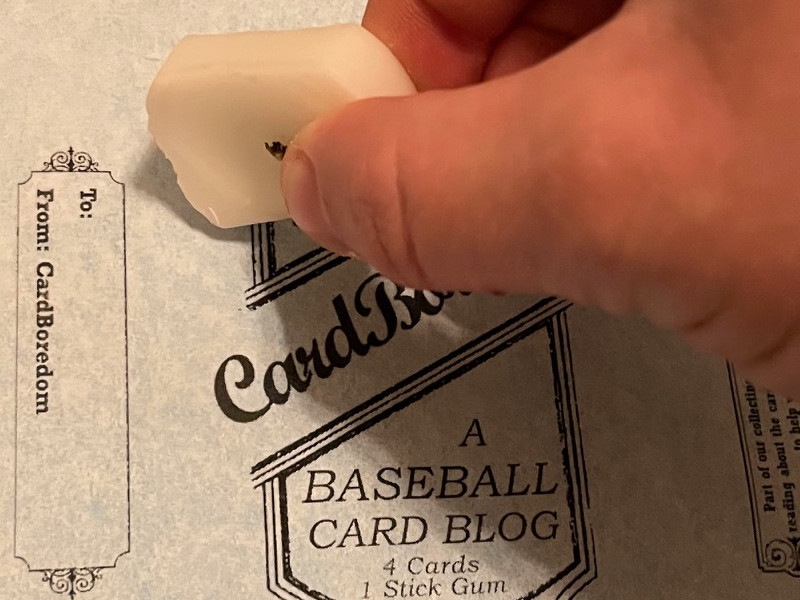
The now waxy paper was turned over and prepared to be folded around a stack of cards. Blank cardboard was placed against the semi-transparent paper to prevent the contents from being seen. A slice of bubble tape gum gave the package the right smell and nostalgia hit and was covered by another cardboard blank to further protect the cards that would be joining the pack. Aging the gum a couple decades is optional. Once ready, cards (and another cardboard blank) were added.
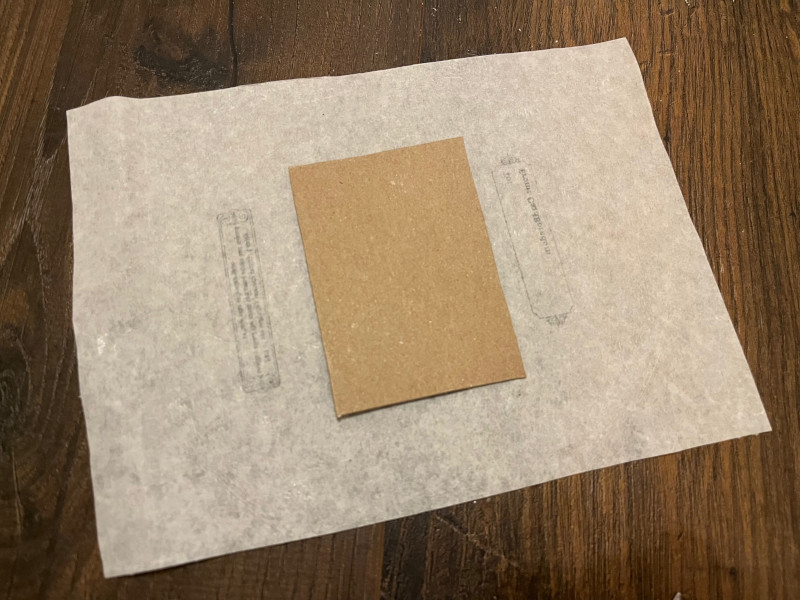
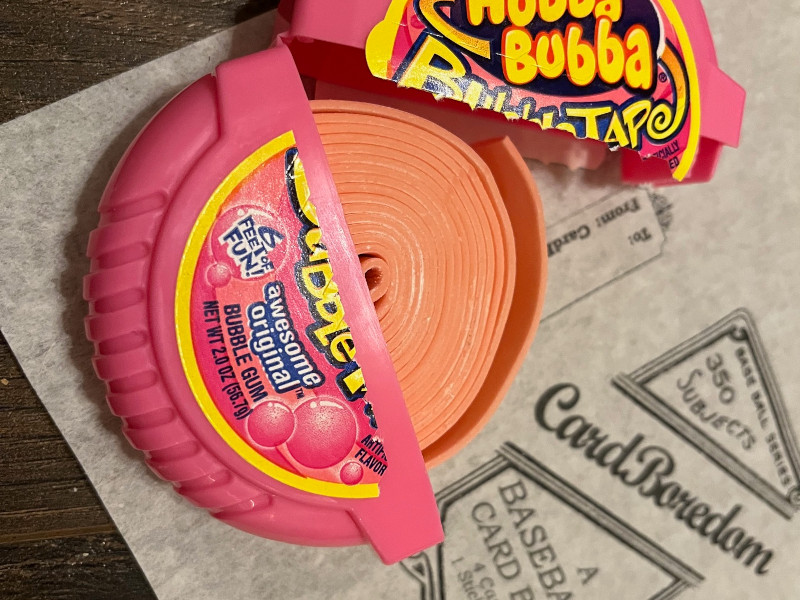
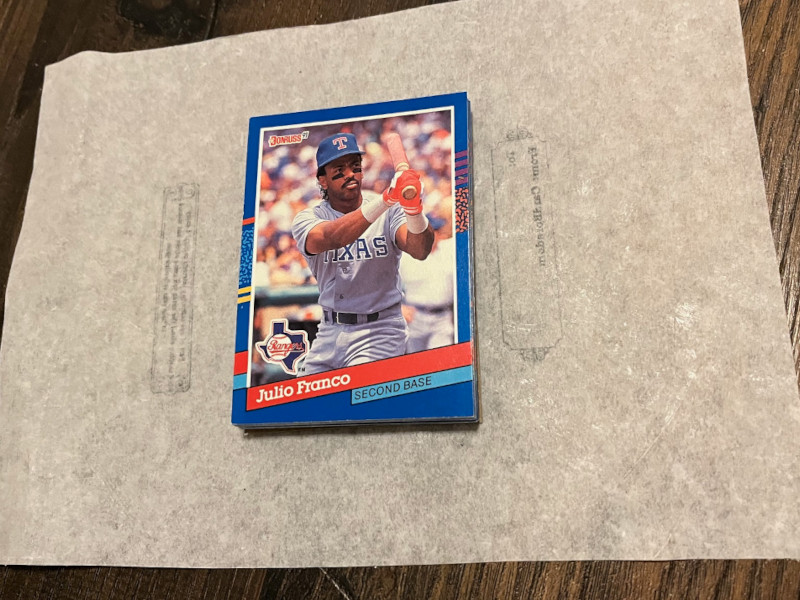
More trial and error followed to learn the correct sequence of folds.
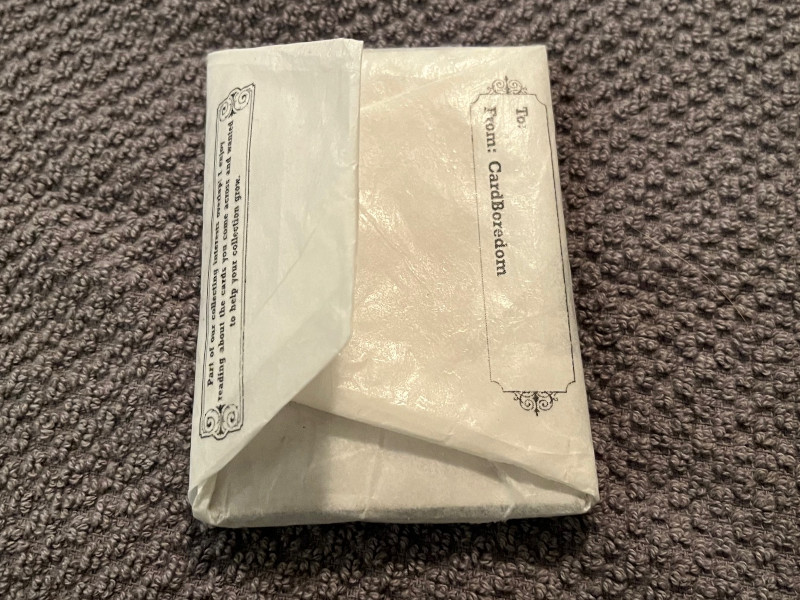
The first attempts to seal the pack resulted in a stack of ruined cards. Following the traditional methods of sealing wax paper, I experimented with various amounts of heat from a clothes iron. The result was a firmly sealed pack, but with the problem of liquified wax finding its way among the cards inside the pack.
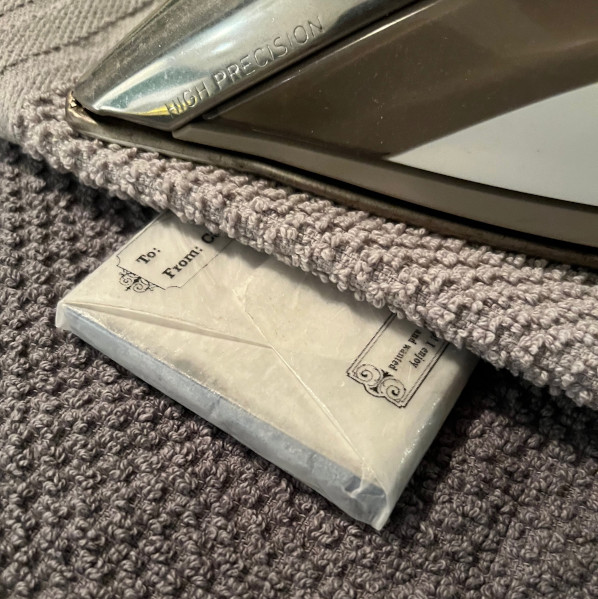
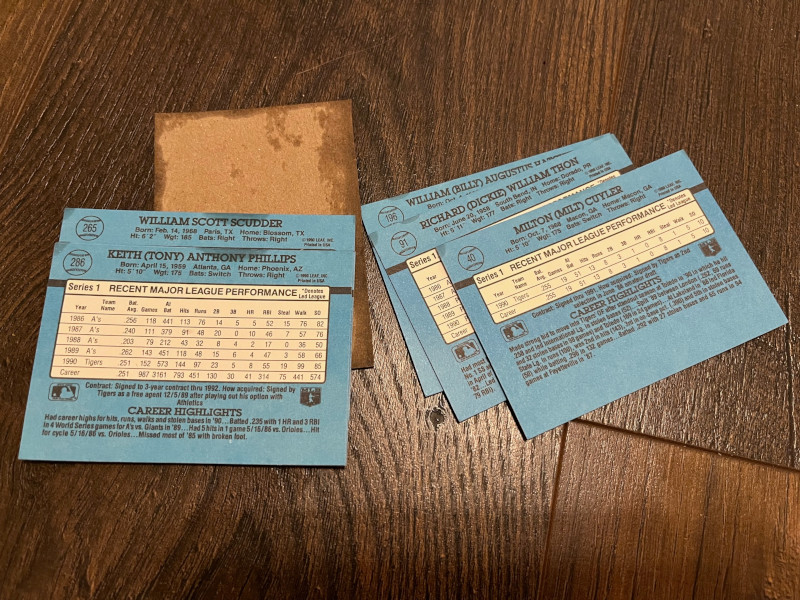
Sometimes simplicity is the best course of action. I reduced the amount of wax at the edges of the paper and used the glue stick to seal a few packs. When compressed under a heavy book for a few minutes the result was just fine, despite what the haphazard folding job would imply.
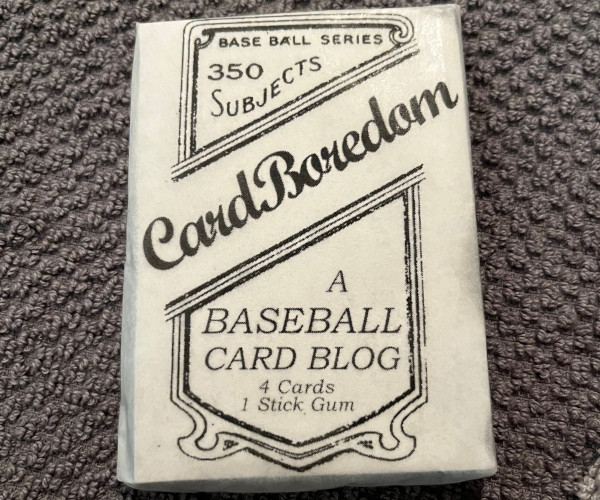
A much better example can be see in the recreation of 1972 Topps pack shown below.
